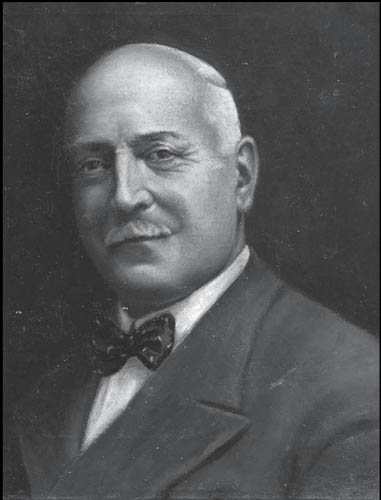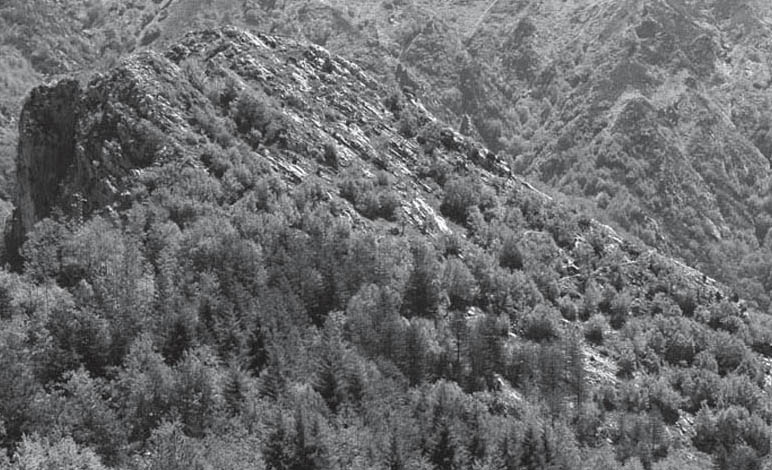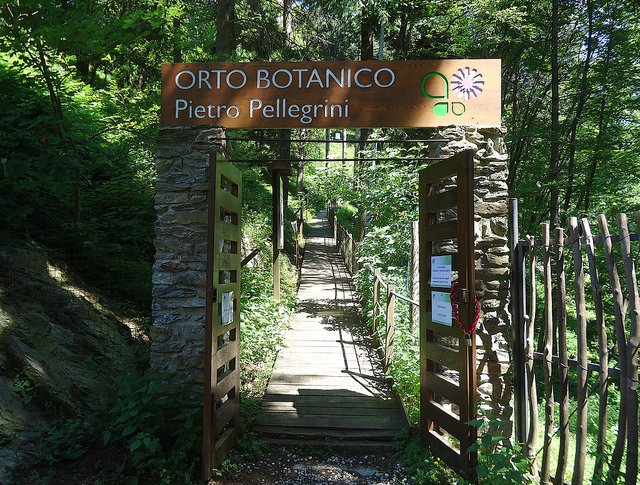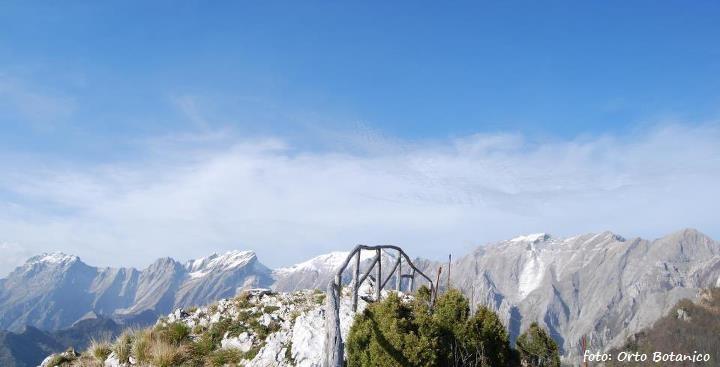
Pietro Pellegrini Botanical Garden of the Apuan Alps
This post is also available in:
 Italiano (Italian)
Italiano (Italian)
The Botanical Garden of the Apuan Alps, built in July 1966, is dedicated to the physician and botanist Pietro Pellegrini (1867-1957) who carried out several studies on the flora of the Apuan territory. Located in Pian della Fioba, it can be found along the panoramic road that connects Massa with the Garfagnana. It covers about 7.4 acres on a rocky ledge between 334 and 374 ft above sea level, and it features a small part of porphyritic schists (Permian – Paleozoic period) of siliceous nature, and the rest made of “grezzoni” (Triassic – Mesozoic period) of calcareous texture.
The vegetation is largely indigenous: in fact, the most interesting species of the Apuan flora grow spontaneously. In the lower part of the Garden, with a siliceous substrate, there is the arboretum, a crop of tall trees – mostly conifers – such as the Austrian black pine (Pinus nigra Arnold), Eastern white pine (Pinus strobus), maritime pine (Pinus pinaster), silver fir (Abies alba), Atlas cedar (Cedrus atlantica), Lawson cypress (Chamaecyparis lawsoniana), Italian alder (Alnus cordata) and sycamore maple (Acer pseudoplatanus); the collection of acidophilic plants, which in the Apuan Alps live in chestnut woods, such as sage-leaved rock-rose (Cistus salvifolius), tree heath (Erica arborea), Teucrium scorodonia and Digitalis lutea. In the largest part, with a calcareous substrate, there are oa and hornbeam varieties like hop-hornbeams (Ostrya carpinifolia), Turkey oaks (Quercus cerris), manna ashes (Fraxinus ornus), and whitebeams (Sorbus aria).
The rock vegetation settles on the outcropping stones, such as globe daisies (Globularia incanescens) – the very symbol of this Botanical Garden, Salix crataegifolia, Santolina leucantha, Carex macrostachys, Moltkia suffruticosa, and Rhamnus glaucophyllus.
In 1998, the Botanical Garden was included among the archaeological sites of the Municipality of Massa: in fact, some fragments of achromatic pottery were found there, including parts of an amphora from the pre-Roman / Roman age (III-II century B.C.).
This post is also available in:
 Italiano (Italian)
Italiano (Italian)
Contatti
Massa(MS)
050 2211321
ortobotanico@parcapuane.it
http://www.parcapuane.toscana.it
Altre info
Periodo estivo (da maggio a settembre)
Dalle 9.00 alle 12.00 e dalle 15.00 alle 19.00






